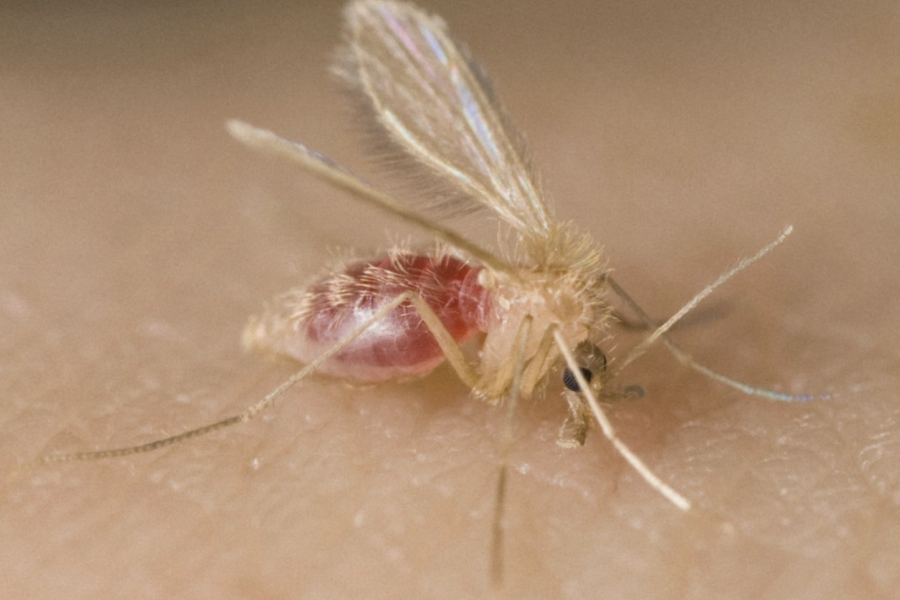A parasite capable of causing a disfiguring skin disease may be endemic in Texas and present in other southern states, according to the Centers for Disease Control and Prevention.
From 2005 to 2019, the CDC identified 1,222 cases in the U.S. that were positive for Leishmania, a parasite transmitted through the bites of infected female sandflies. The parasite can cause a disease called leishmaniasis, which usually results in skin sores that develop within a few weeks or months after a bite.
Leishmaniasis cases in the U.S. are typically found in people who traveled outside the country to tropical or subtropical climates — particularly those in the Middle East, central Asia, northern Africa and Latin America.
But the CDC said 86 of the Leishmania samples were from people with no recent history of travel outside the U.S.
The researchers also detected a unique strain of Leishmania that appeared to be genetically distinct from travel-related cases, suggesting it was spreading locally in the U.S.
“We cannot say that it is exclusive to Texas, but from the samples that were submitted to CDC, the majority were from Texas,” said Vitaliano Cama, a senior adviser with CDC’s Division of Parasitic Diseases and Malaria, who conducted the research.
The CDC researchers presented the data this week at the Annual Meeting of the American Society of Tropical Medicine and Hygiene in Chicago.
Dr. Mary Kamb, a CDC epidemiologist also involved in the research, said the findings are mostly relevant to healthcare providers and don’t suggest a serious public health risk.
“We need to increase the awareness among clinicians, dermatologists, infectious disease doctors or general practitioners,” she said.
